Today I have a very easy
Call to Action, one that a few libraries are starting to do, one that puts the patrons and their needs first, one that there is no good reason for you not to do--
STOP SHELVING SERIES IN ALPHA ORDER MY TITLE AND ONLY SHELVE THEM IN SERIES NUMERICAL ORDER!
Notice I say there is “no good reason” for you not to do this. I know many of you are literally shaking with anxiety after reading that statement. Putting things in alphabetical order is what most librarians do; it’s what they live for; it is what grounds them, and I am pulling the rug out from under all of them. However, just because that is how we are most comfortable organizing of our materials does not mean it is the best way. Sorry people, tough love here.
Also, and I say this often in my talks to ease some of the anxiety the above statement causes, I promise, you will not go to library jail for not putting every single item in alpha order. [cue nervous laughter and looking over shoulders]
Alphabetical order works great for organizing fiction authors and then for arranging their books on the shelf in many cases. But, for series, it
never makes sense because people want to read the series in the order the author wants them to, not because the alphabet sets the order. And when you have an author like
Nora Roberts, who has a bazillion different series it makes even less sense.
Let’s take Roberts as an example right now.
We should use the KDL What’s Next Database as our model on how to organize series on the shelf. Here is a screen shot of their entry for just first few series Roberts has.
Each series is “shelved” alphabetically in this database. Then as you explore each series [as shown above in the Concannon Sisters Trilogy] those are in numerical order. In other words, in the order that the patron wants to read them.
With an author like Roberts, who has almost 3 dozen series under her name, this shelving by series alphabetically and then shelving the series in its written order is a game changer. The Roberts shelf is a mess with some books from the same series a shelf or two apart. Why do we do this to our patrons? Why do we make finding the books so harder them? Do we love alpha order more than our readers? Of course not.
Now Nora Roberts is an extreme example.
Let’s take her series under the name JD Robb for example instead, currently at 47 books and counting. In this case we have a single author whose series is shelved completely out of order, and it really matters what order you read it in! Eve Dallas is in a different place in book 5 than she is in book 35. Why can’t we put them in numerical order? Why do our patrons have to search on their own to figure the order out? Why isn’t it clear on the shelf. I don’t know why? Better yet, why have we never asked ourselves how confusing and unhelpful this series of 47 popular books in no useful order is?
No wonder people don’t think we want to help them. We don’t make it easy for them. It's like we are taunting them. Seriously, that is how it feels to readers. I am not exaggerating. I have asked patrons, and trying to navigate a new to them series that already has a lot of books in it is a big source of library anxiety.
Okay, now the biggest argument against shelving in numerical order- how else will we make sure that they are marked appropriately in the catalog and on the book themselves in order for them to be easily reshelved and located by patrons and library workers alike. How will we make sure it is consistent and clear.
Yes it is true that our cataloging methods are all based on alpha order, but guess what? The cataloging systems are not the law. Again, you won’t go to jail. We have the right to create local cataloging changes to serve our patrons better.
Luckily here, there are many libraries who are beginning to do this, so I know of some models to share.
The easiest way I have seen it that a cutter is created for the series and then a number appears after it. So a JD Robb book would be under ROB, first and then IND 1 would be added to the title
Naked in Deathsince it is the first book in the In Death Series. It would look like this on that book:
ROB
IND 1
If an author has multiple series, you cutter each series and assign numbers. Adding this one extra call number allows the book to be shelved properly every time and takes up very little extra space on the spine of the book.
Again, use
KDL’s What’s Next database as your model. Then you have a standard source to base your cataloging off of. You can insure that if your cataloging person changes, the standard will be kept. It is your professional source material to make your cataloging choices for series.
I am making this call to action-- shelving series in numerical order-- one of my personal goals. Everywhere I go I will be telling libraries to do this. And you know what, there is no argument any one can make against me. It is easier for the library workers, the shelvers, and most importantly the patrons. It puts the reader and their needs first. It shows them with our actions that we want them to be able to use the library easily. It makes us look more friendly and helpful without even talking to anyone.
And the only argument those of you who resist have is that it is different than how we have always done things.
Doing things the way we have always done them is a terrible and lazy argument. Progress has never been made in any arena on the back of that argument.
Often with my
Call to Action posts I leave it up to you to try it or not. Today, I am demanding you start seriously considering making this change.
If you need help convincing your supervisors, let me know.
For past Call to Action posts,
click here.



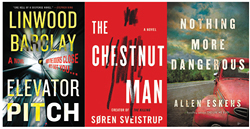
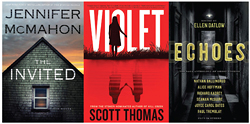
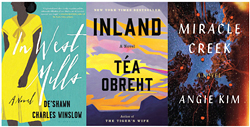
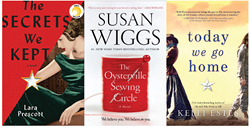
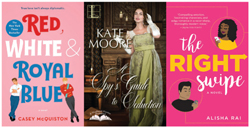
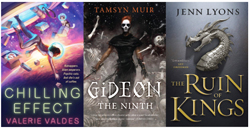
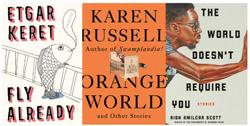
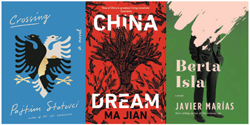
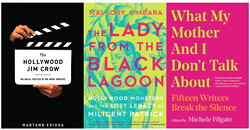
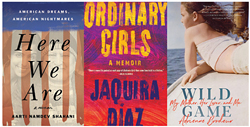

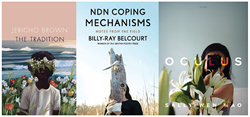
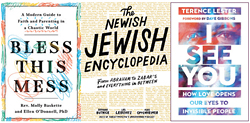
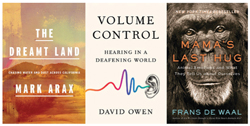
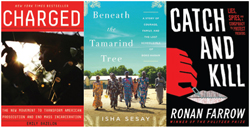
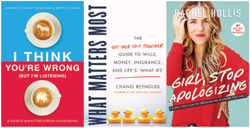
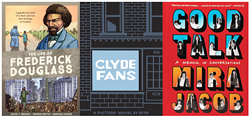

























1 COMMENT: